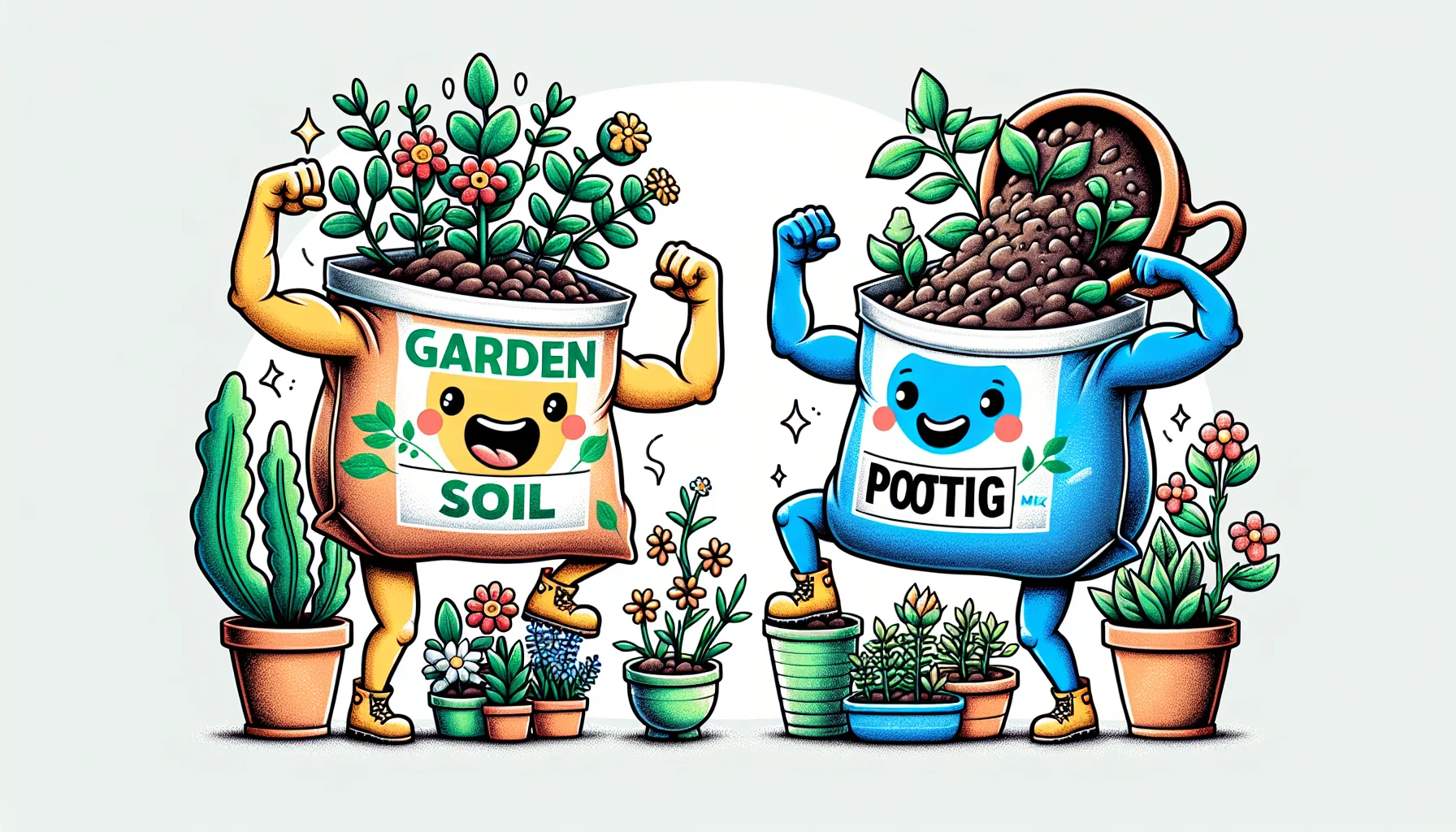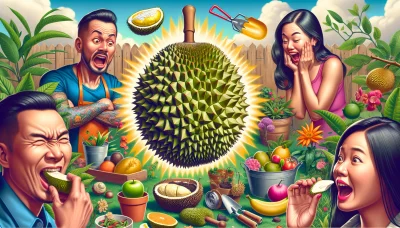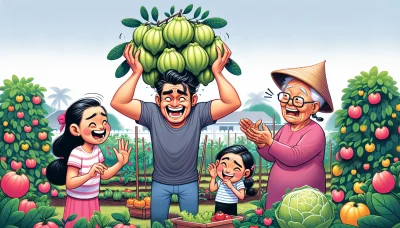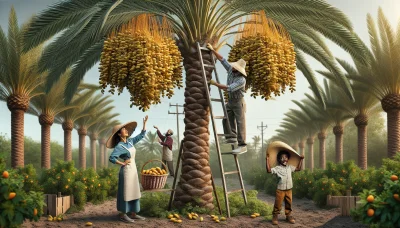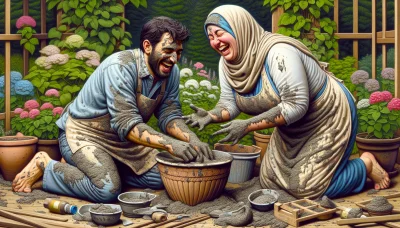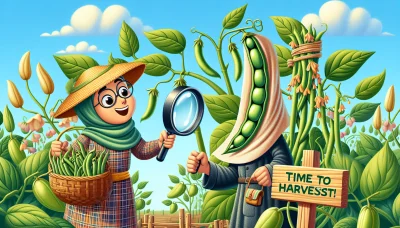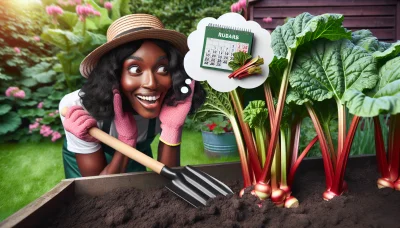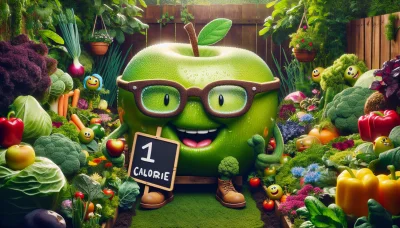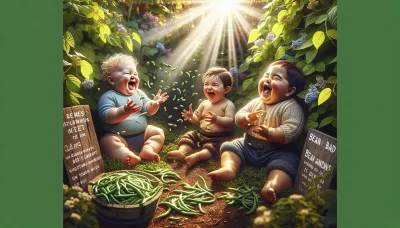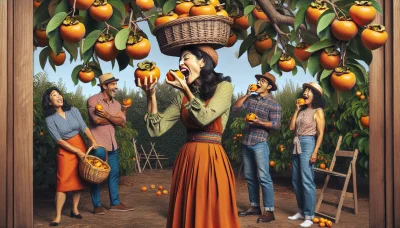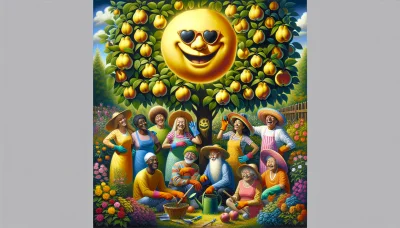Garden soil vs potting mix Quiz
Test Your Knowledge
Question of
Garden Soil vs Potting Mix: Understanding the Difference
Choosing the right type of soil for your gardening projects is crucial for the health and growth of your plants. Garden soil and potting mix serve different purposes and are formulated to meet the specific needs of plants in various environments. Garden soil is designed for outdoor use, providing a stable base for plants with nutrients and a structure that supports root growth. On the other hand, potting mix is lighter and fluffier, designed to retain moisture and provide aeration for container-grown plants. Understanding the differences between these two types of soil can help gardeners make informed decisions, ensuring their plants thrive in their respective environments.
What is Garden Soil?
Garden soil is a rich, organic material that is specifically formulated to support plant growth. It is a blend of various components, including compost, peat, bark, and sometimes sand, which together create a nutrient-rich environment for plants. Garden soil is designed to retain moisture while also providing adequate drainage, ensuring that plant roots receive the optimal balance of water and air. One of the key benefits of using garden soil in gardening is its ability to improve the structure of native soil, making it more conducive to plant growth. It also introduces beneficial microorganisms that help in nutrient uptake and disease resistance. Typically, garden soil is used in outdoor gardens, raised beds, and for landscaping purposes where it serves as the foundation for a healthy and vibrant garden.
What is Potting Mix?
Potting mix, also known as potting soil, is a medium specifically designed to grow plants in containers. Unlike regular garden soil, potting mix is sterile, free from weed seeds, and pathogens that could harm plants. It is composed of various organic and inorganic materials, including peat moss, perlite, vermiculite, and sometimes compost, to provide a balanced environment for plant roots. This mix ensures good aeration, proper moisture retention, and adequate drainage, which are crucial for the healthy growth of container plants. Potting mix is advantageous because it is lightweight, promotes strong root development, and can be tailored to suit the specific needs of different plant types. Common applications include growing vegetables, flowers, and houseplants in pots, hanging baskets, and other container types, making it an essential component for both amateur and professional gardeners engaged in container gardening.
Key Differences Between Garden Soil and Potting Mix
- Drainage: Potting mix typically offers better drainage than garden soil, which is crucial for potted plants to prevent waterlogging.
- Nutrient Content: Potting mix is often enriched with nutrients to support plant growth, whereas garden soil may need additional fertilizers.
- Weight: Potting mix is lighter and more porous than garden soil, making it ideal for containers and hanging baskets.
Choosing the Right Soil for Your Plants
When it comes to gardening, selecting the right type of soil is crucial for the health and growth of your plants. The choice between garden soil and potting mix depends largely on the type of plants you are growing and the conditions they thrive in. Garden soil is best suited for outdoor gardens as it is heavier and retains moisture and nutrients well, making it ideal for in-ground plants. On the other hand, potting mix is lighter and provides better drainage, which is perfect for container gardening or plants that require more air space around the roots. Consider your plant's specific needs and growing environment before making a decision to ensure optimal growth and health.
How to Improve Garden Soil and Potting Mix
- Add compost to enrich the soil with nutrients.
- Mix in perlite to improve drainage and aeration.
- Integrate well-rotted manure to increase soil fertility.
- Use worm castings to enhance soil structure and nutrient content.
- Incorporate biochar to help retain moisture and nutrients.
- Adjust pH levels by adding lime (to raise pH) or sulfur (to lower pH) as needed.
- Apply mulch to conserve moisture and suppress weeds.
- Include green manure crops to fix nitrogen and improve soil texture.
FAQs on Garden Soil and Potting Mix
| Question | Answer |
|---|---|
| What is the difference between garden soil and potting mix? | Garden soil is natural soil that is found in gardens and outdoor spaces, while potting mix is a commercially prepared mix of materials like peat moss, perlite, and vermiculite designed for container gardening. |
| Can I use garden soil in pots? | It is not recommended to use garden soil in pots because it can be too dense, may not drain well, and can contain weed seeds and pathogens. Potting mix is specifically formulated to provide the ideal conditions for container plants. |
| How often should I replace the potting mix in my containers? | It's a good practice to replace the potting mix every year or two to prevent nutrient depletion and to reduce the risk of disease. Refreshing your pots with new potting mix can help keep your plants healthy. |
| Can I make my own potting mix? | Yes, you can make your own potting mix by combining ingredients such as peat moss or coco coir, perlite, vermiculite, and compost. This allows you to tailor the mix to the specific needs of your plants. |
| Is potting mix reusable? | Potting mix can be reused for multiple growing seasons if it is properly sterilized and replenished with nutrients. However, if the mix has been affected by pests or diseases, it's best to dispose of it and use fresh mix. |
